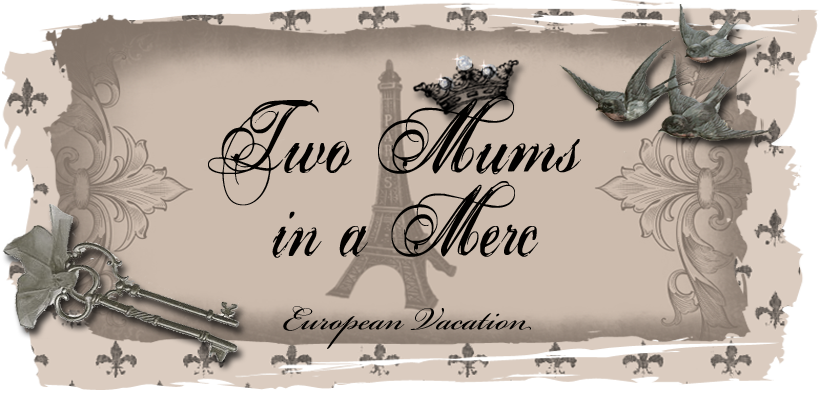The last weekend of our European adventure was spent in York, another English city which has well preserved evidence of its ancient beginnings. The skyline is dominated by the York Minster - 'minster' being a fancy word for a church that used to include a monastery.
The city was founded in the year 71 AD and the site of the Roman fortress was discovered beneath the foundations of the church. However there is archeological evidence that Mesolithic people inhabited the area as far back as 8000 BC.
We walked from our guest house into the city via the medieval wall that surrounds the city, which is almost completely intact.
The main city gate is still used by visiting dignitaries, as a sign of respect. Even the Queen enters the city this way.
York is situated on the river Ouse...
which is the perfect spot for some traditional English fish and chips with mushy peas.
Medieval walls on top of Roman foundations are featured in various ruins within the York Museum Gardens. Several stone coffins lay at the base of the remains of this defensive tower, which apparently used to house a catapult.
We found this cute fellow in the gardens, too. The locals regard them as fluffy-tailed rats, but they're fascinating to visitors like us.
This gorgeous old building is the Merchant Guild Hall, the construction of which began in 1357, as a meeting place for the city's merchants.
These days, the fabulous Great Hall is used for wedding receptions and other functions, while the ground floor rooms feature museum displays.
Clifford's Tower was once the keep of the York Castle complex.
I'm always amazed at how crooked some of these old buildings are. Have a look at the angle of the first floor of this white one. This house is in an area known as the Shambles, which backs on to the old marketplace and is now full of souvenir shops.


























































